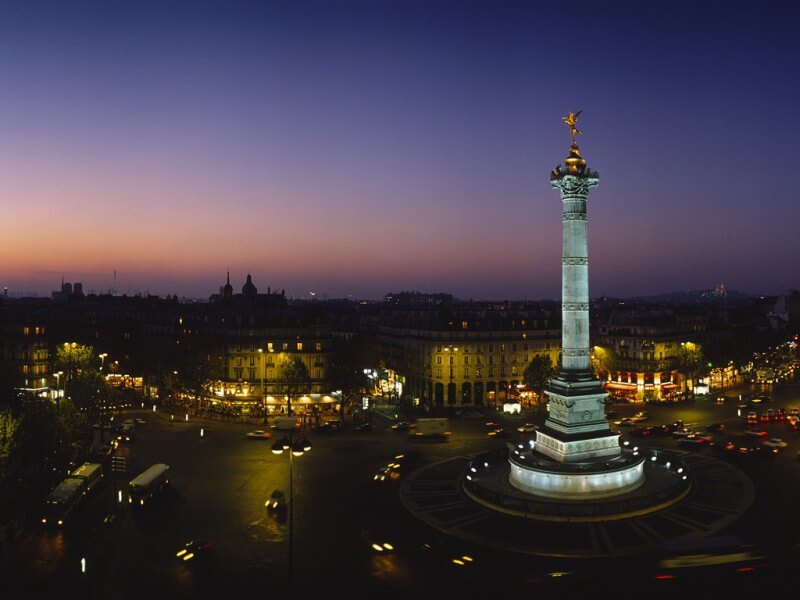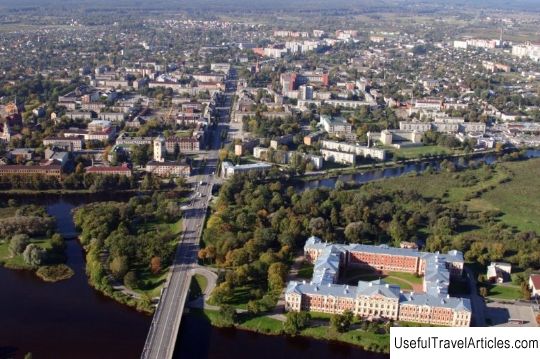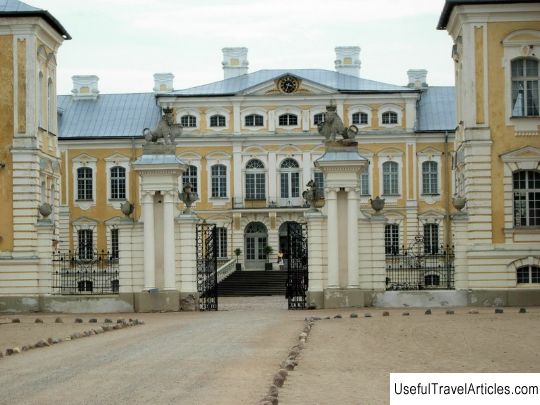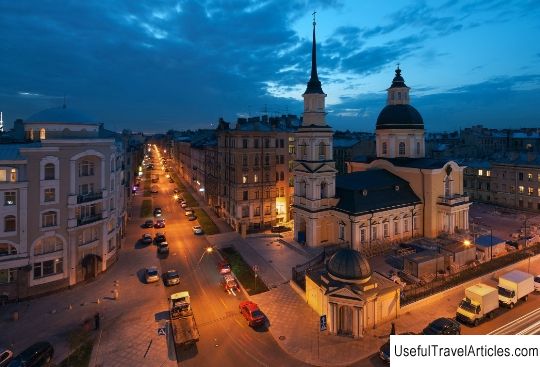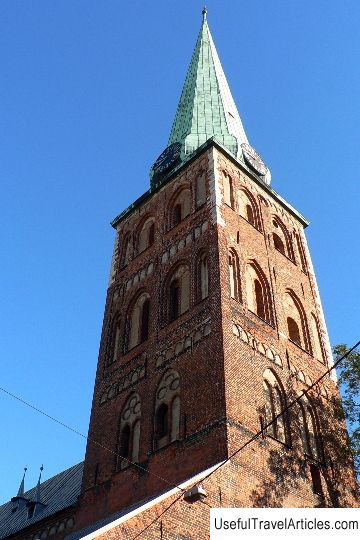Cathedral of St. right. Simeon the God-Receiver and Anna the Prophetess (Sveta Simeona un Svetas Annas pareizticigo katedrale) description and photo - Latvia: Jelgava
Rating: 7,5/10 (100 votes) 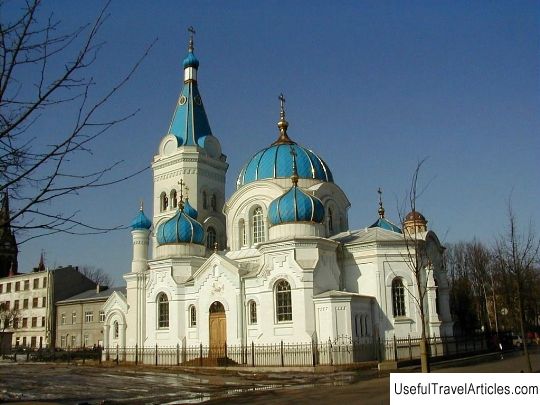
St. right. Simeon the God-receiver and Anna the Prophetess (Sveta Simeona un Svetas Annas pareizticigo katedrale) description and photo - Latvia: Jelgava. Detailed information about the attraction. Description, photographs and a map showing the nearest significant objects. Title in English - Sveta Simeona un Svetas Annas pareizticigo katedrale. Photo and descriptionSt. right. Simeon the God-Receiver and Anna the Prophetess are in Jelgava. The beginning of the construction of the temple dates back to the first half of the 17th century. During his reign, Peter I gave his niece Anna Ioannovna to the Duke of Courland Friedrich Wilhelm. Due to the fact that the newly announced duchess left for permanent residence in Mitava (since 1917 - Jelgava), an Orthodox church in the name of the Transfiguration of the Lord is being built in the castle. And in the city itself, behind the Duke's courtyard, a small wooden church is being built in the name of St. Simeon the God-Receiver and Anna the Prophetess. In 1730, Anna Ioannovna leaves Mitava, as she becomes an empress. In Courland, Ernst Biron, the former favorite of the empress, is engaged in grandiose construction. Closer to the middle of the 18th century, the Mitava Church of St. Simeon and Anna was largely dilapidated, although it was the main cathedral of the city. As a result, it was decided not to restore the old church, but to build a new one. Rastrelli offers two options for the projects of the new temple. In 1774, construction began on a new church in the same place. A metal slab was placed at the base of the cathedral, with an inscription about when and in whose name the construction began. It took about four years until the construction was completed. Consecration of St. right. Simeon the God-Receiver and Anna the Prophetess took place on May 4, 1780. The cathedral was single-altar, without a chapel. The entrance doors were only on the west side. The bell tower, crowned with a head, was single-tier. The iconostasis, made of wood, was moved from the former palace church. It was three-tiered, it was renewed and gilded again. In 1775, thanks to the efforts of Countess E.P. Till, a clock has been installed on the bell tower. In addition, she gave the church a bell with the inscription: `` This bell was presented to Her Excellency by Countess Ekaterina Petrovna Ryumina-Bestuzheva. In Mitava, 1775, July 29. The erected new church stood for over a century. By that time, the population of the city had grown significantly, and the cathedral no longer accommodated everyone. In 1885-86. The Grand Duke Vladimir Alexandrovich visited the Baltic States. Having visited Mitava, he drew attention to the small size of the temple and the fact that the church is in a rather deplorable state, while the allocation of funds for the repair and improvement of the temple was not expected. Kurland governor of that time K.N. Pashchenko wrote in his report about the need to build a new cathedral and about the lack of funds for this. Upon learning of this, Alexander III wished to see plans and projects for rebuilding the church, stating that he would provide the necessary amount. It was decided first to build a cemetery church, where parishioners could come during the construction of a new church. The local church guardianship provided a certain amount. In addition, some donations have been made. The foundation stone of the cemetery church took place on September 20, 1887, and less than two years later the temple was consecrated. The ceremonial foundation of the new church took place on June 3, 1890. Part of the funds for the construction of the cathedral was contributed by Alexander III, part of the Holy Synod. According to the project of Academician Chagin, part of the temple was demolished, and part was rebuilt on the existing foundation, in order to thus increase the capacity of the temple. The construction of the temple was carried out quickly and efficiently. The consecration of the church took place in the fall of 1892. The constructed Cathedral of St. right. Simeon the God-Receiver and Anna the Prophetess were distinguished by both internal and external splendor. The three-tiered iconostasis was a real work of art. His project was developed by A.S. Dubasova, the icons were painted by the artist Levitsky. The constructed temple was a generally recognized spiritual center of Mitava. The wars of the 20th century caused considerable damage to the temple. After the end of World War II, the temple became the property of the state; it was given over to a warehouse for chemical reagents. In the late 80s, it was decided to blow up the cathedral so that it would not spoil the aesthetics of the city. In the walls of the dilapidated church, they even began to drill compartments for laying explosives. At this time, His Eminence Leonid, Metropolitan of Riga and Latvia, began to petition for the return of the cathedral to the Orthodox Church of Latvia. A positive decision was received several years later. The temple was in such a bad state that there were doubts about the possibility of its restoration. Gradually, the restoration of the temple began, which was carried out according to photographs and drawings. The end of the renovation work took place at the end of the 20th century. When the scaffolding was dismantled, the restored Cathedral of St. right. Simeon the God-Receiver and Anna the Prophetess, who occupied, as before. A worthy place in the architecture of Jelgava. We also recommend reading Festival Theater (Festspielhaus) description and photos - Austria: St. Polten Topic: Cathedral of St. right. Simeon the God-Receiver and Anna the Prophetess (Sveta Simeona un Svetas Annas pareizticigo katedrale) description and photo - Latvia: Jelgava. |
